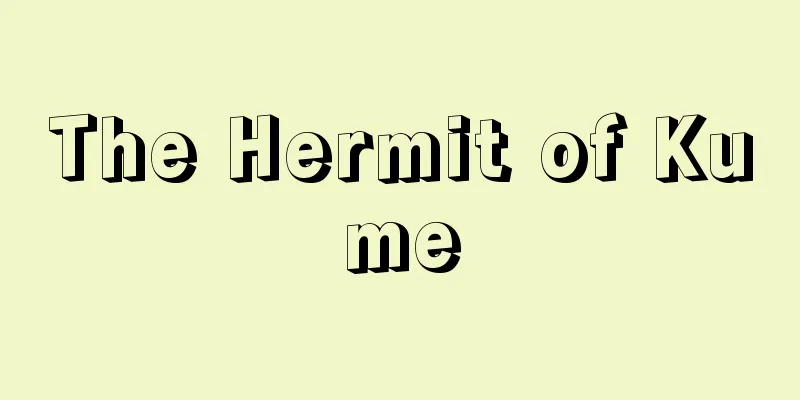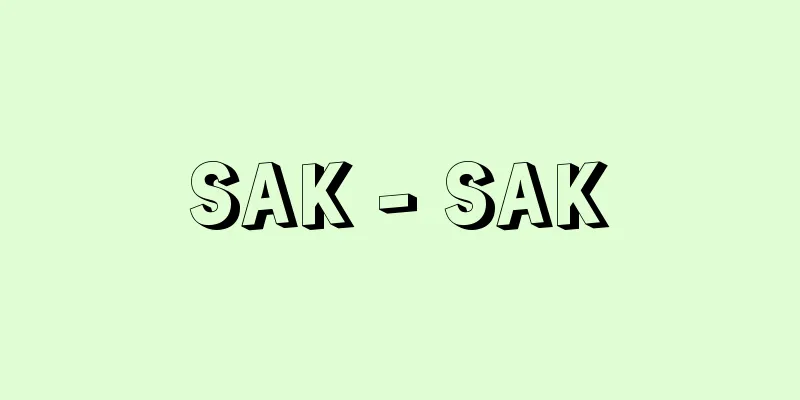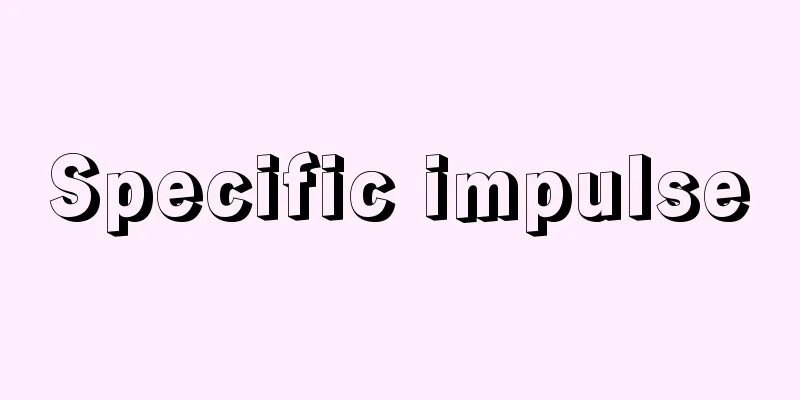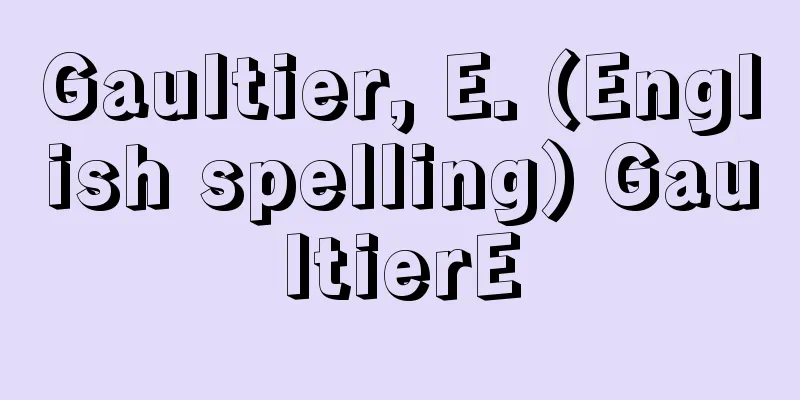Involuntary movement
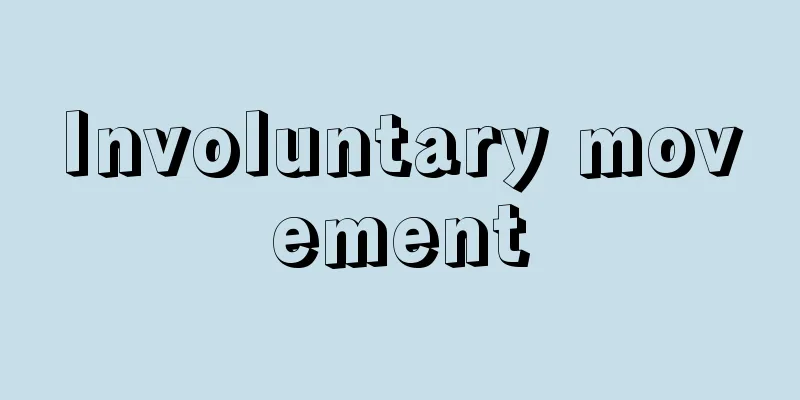
What is the disease?Abnormal movements that occur regardless of one's will are called involuntary movements, and are professionally classified according to their characteristics. There are various causes, so if you experience involuntary movements, it is best to see a specialist (such as a neurologist). Below, we will explain the main causes. Tremor (shaking) is a rhythmic, finely vibrating movement, and tremors seen at rest are characteristic of Parkinson's disease. On the other hand, tremors seen when writing or holding an object ( Mild cases do not require treatment, but when it interferes with daily life, the tremor can be alleviated by administering arotinolol (Almar) or clonazepam (Rivotril). Sometimes drinking alcohol can help relieve the tremor. ② Ballismus It is a large, violent involuntary movement that throws or swings the entire upper and lower limbs. Ballismus is mostly caused by cerebral infarction or cerebral hemorrhage in the subthalamic nucleus, and occurs in the upper and lower limbs on the opposite side. In this case, the symptoms will usually go away naturally, but administration of haloperidol (Serenex) is relatively effective. ③Athetosis It is an involuntary movement that involves slow, wriggling movements of the arms, legs, and head. 4. Dystonia Dystonia is a condition in which abnormal muscle tone causes abnormal postures and limb positions. Like athetosis, it can be caused by metabolic disorders, but it can also be caused by side effects of Parkinson's disease medications and antipsychotics. Trihexyphenidyl (Artane) is effective. ⑤ Myoclonus Myoclonus is a type of rapid, jerky movement of the limbs and whole body that can occur even in healthy people when falling asleep. It is often caused by a metabolic disorder, but it is a rare disease. In cases of metabolic disorders, myoclonus can be treated by treating the underlying disease, and clonazepam (Rivotril) is effective. These are involuntary movements such as chewing and tongue-smacking, which can occur as a side effect of Parkinson's disease medications or antipsychotics. Mr. Koyama, Mr. Yoshiyuki Kuroiwa Source: Houken “Sixth Edition Family Medicine Encyclopedia” Information about the Sixth Edition Family Medicine Encyclopedia |
どんな病気か自分の意思とは関係なく現れる異常運動のことを不随意運動といいますが、専門的には性状によって分類されています。 原因はさまざまなので、不随意運動がみられるようなら専門医(神経内科など)を受診するのがよいでしょう。以下、主なものについて解説します。 ① 振戦(震え)とは、律動的に細かく振動するような運動をいい、安静時にみられる振戦はパーキンソン病に特徴的です。一方、字を書いたり、物を持ったりするときにみられる振戦( 軽症では治療を必要としませんが、日常生活に支障が出るほどの時には、アロチノロール(アルマール)やクロナゼパム(リボトリール)の投与で振戦を軽くすることができます。時に飲酒で軽くなる人もみられます。 ②バリスムス 上下肢全体を投げ出すような、または振り回すような大きく激しい不随意運動です。バリスムスは、視床下核の脳梗塞や脳出血による障害で反対側の上下肢に起こるものがほとんどです。 この場合は、自然に消える場合がほとんどですが、ハロペリドール(セレネース)の投与が比較的有効です。 ③アテトーゼ 手足や頭をゆっくりとくねらせるような動きをする不随意運動です。 ④ジストニア ジストニアとは、筋肉の緊張の異常によって異常な姿勢、肢位をとるものをいいます。 アテトーゼと同様に代謝異常でみられることもありますが、それ以外に、パーキンソン病治療薬や抗精神病薬の副作用でみられることもあります。トリヘキシフェニジル(アーテン)などで効果があります。 ⑤ミオクローヌス ミオクローヌスは、手足、全身のビクッとする素早い動きのことで、健康な人でも入眠時にみられることがあります。代謝異常でみられることが多いのですが、まれな病気で、 ミオクローヌスの治療は、代謝異常では原疾患の治療でよくなりますが、クロナゼパム(リボトリール)が有効です。 ⑥ 口をもぐもぐさせたり、舌をペチャペチャさせるような不随意運動です。パーキンソン病治療薬や抗精神病薬の副作用で起こることがあります。 小山 主夫, 黒岩 義之 出典 法研「六訂版 家庭医学大全科」六訂版 家庭医学大全科について 情報 |
<<: Anhangsprozess - Anhangsprozess
>>: Pudu - Pudu (English spelling)
Recommend
Vannoccio Biringuccio (English spelling)
Italian metallurgist from 1480 to 1539. Born in Si...
Whig
…The origin of the modern political party is ofte...
Flowers of the Heart
Founded by Sasaki Nobutsuna in February 1898 (Mei...
Sakishima Hamabou (English name) portia‐tree
An evergreen small tree of the Malvaceae family (i...
Enshoji Temple
A nunnery of the Myoshinji school of the Rinzai se...
Itsukime - Itsukime
〘Noun〙 A girl who serves in religious ceremonies. ...
Aplonis
...Also, the Siberian Starling S. sturninus and t...
True River Enjaku - True River Enjaku
A Kabuki actor. His stage name is Kawachiya. [Yuk...
Linhaku Canal
Chinese politician. Born in Hunan Province. Joine...
Reuters [company] - Reuters
A British news agency. One of the four major news ...
Coral vine
...An evergreen, climbing, semi-shrub of the Poly...
Guo Si - Hidden
…Dong Zhuo took control of the country, and in 19...
Itohiki - Itohiki
…It is often called Itoyori. It is also called It...
Sangam
…It is also called Sangam literature. It is a col...
Indigo leather - Indigo
〘Noun〙 = Aikawa (indigo leather) ※Seizoku Asan Shi...

